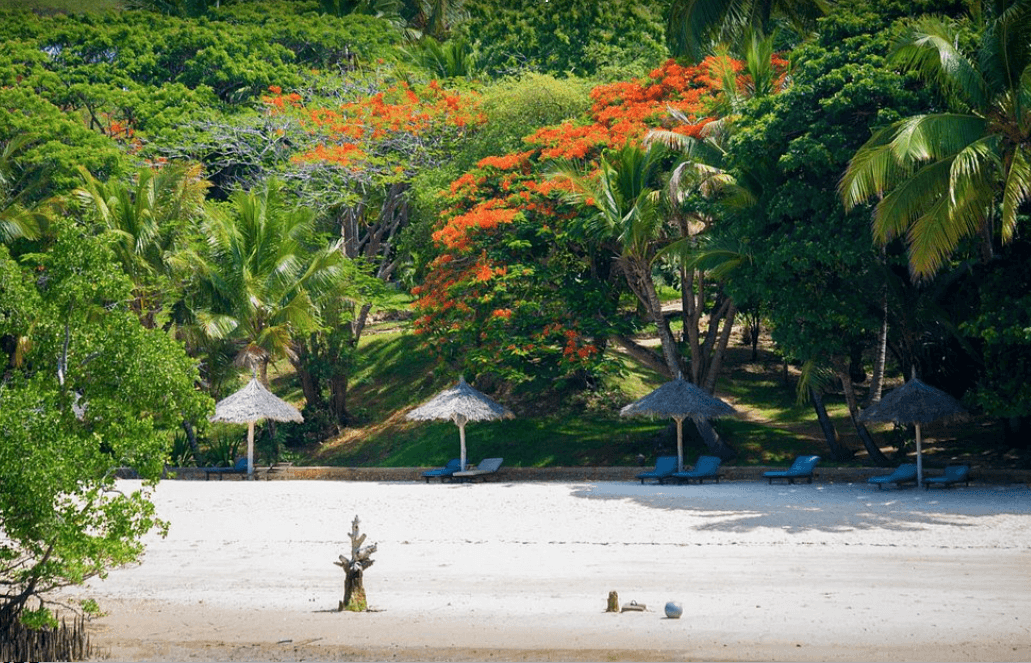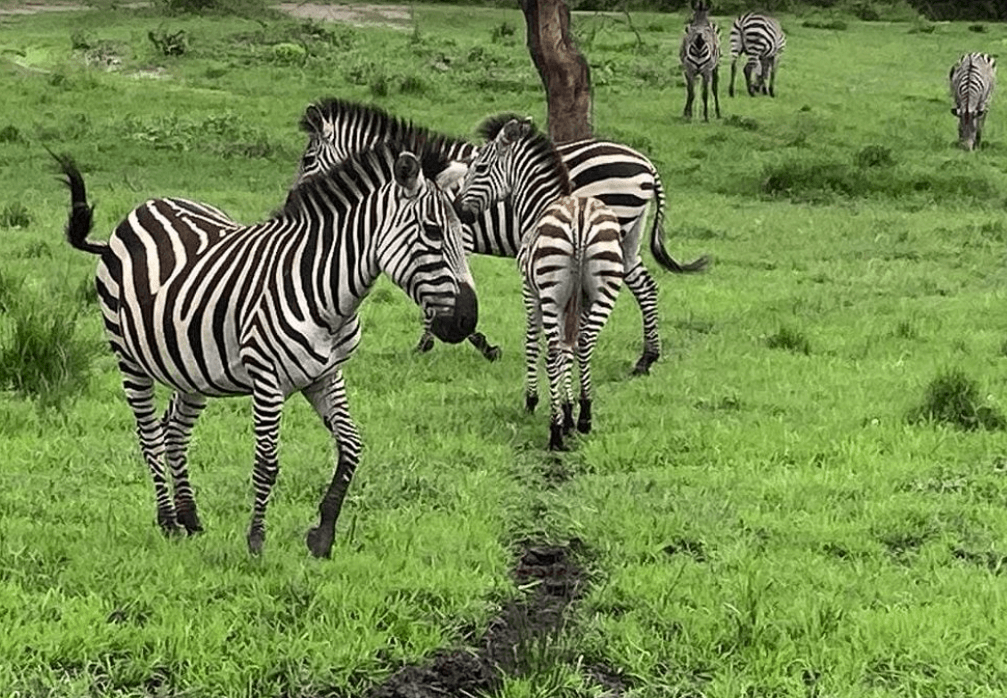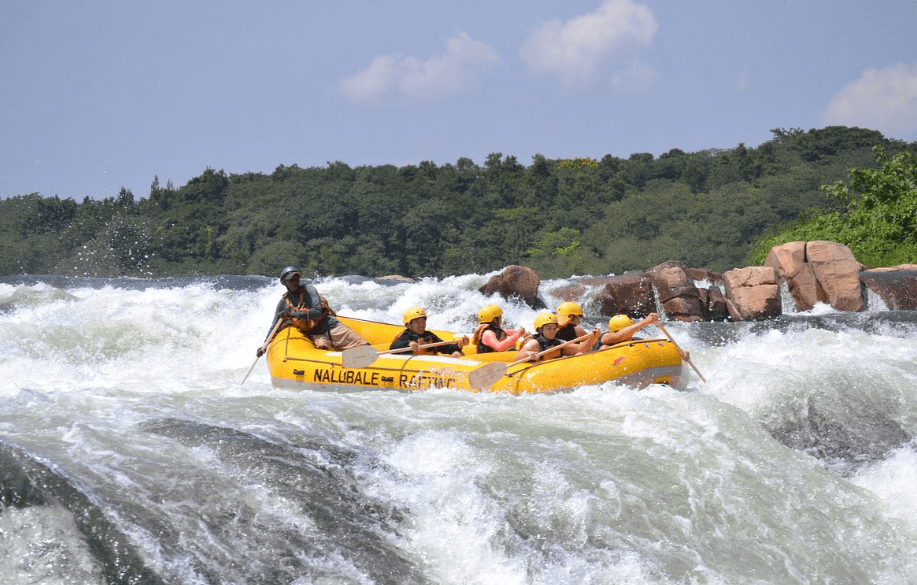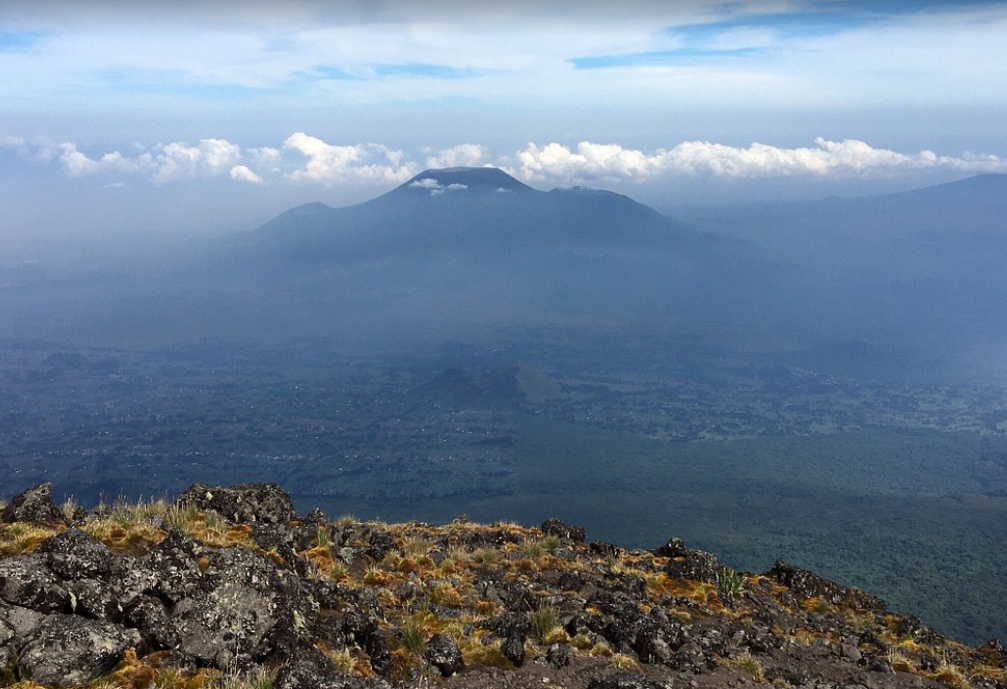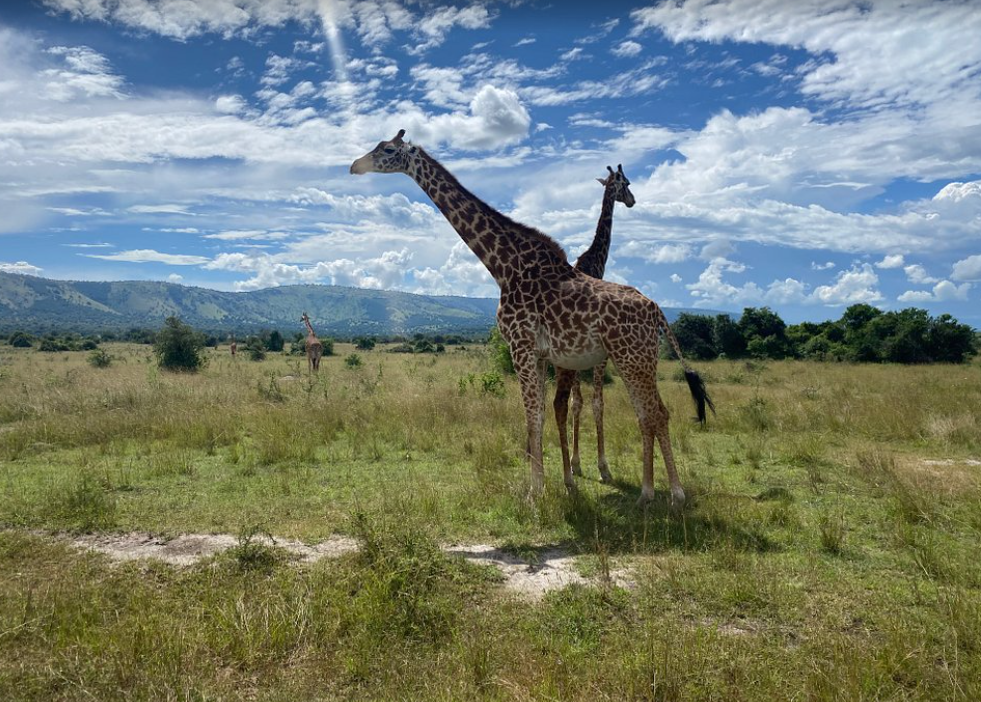Akagera National Park, Rwanda
Akagera National Park, located in the northeastern part of Rwanda, is a remarkable conservation area that spans over 1,122 square kilometers. Known for its diverse landscapes, ranging from savannah plains and swamps to rolling highlands and lakes, Akagera offers a unique safari experience.
The park is home to a wide variety of wildlife, including the Big Five: lions, leopards, rhinoceroses, elephants, and buffaloes. This guide provides detailed information on the park’s location, how to get there, activities available, accommodation options, and frequently asked questions.
Location
Akagera National Park lies along Rwanda’s eastern border with Tanzania. The park is named after the Akagera River, which flows along its eastern boundary and feeds into a series of lakes, including the significant Lake Ihema. The diverse ecosystems within the park support a rich array of flora and fauna, making it a prime destination for wildlife enthusiasts and nature lovers.
Getting to Akagera National Park
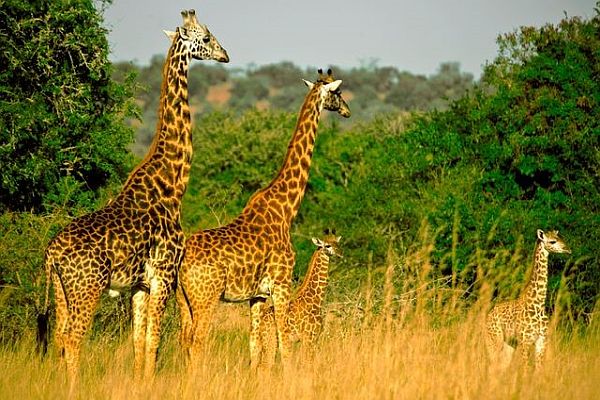
By Air
The nearest international airport to Akagera National Park is Kigali International Airport (KGL), situated in Rwanda’s capital, Kigali. The airport serves flights from major African cities as well as from Europe and the Middle East. From Kigali, you can reach the park in approximately 2.5 to 3 hours by road.
By Road
From Kigali, you can drive to Akagera National Park. The journey typically takes around 2.5 to 3 hours, depending on traffic and road conditions. The route from Kigali to the park is well-paved and offers scenic views of the Rwandan countryside. You have several transport options available, including:
- Private Car Hire: Many tour operators offer private car hire services with experienced drivers. This option is convenient and comfortable, especially for groups or families.
- Public Transport: Public buses and shared taxis operate between Kigali and nearby towns like Kayonza. From Kayonza, you can arrange a taxi to take you to the park entrance.
- Tour Packages: Many tour operators provide all-inclusive packages that include transportation to and from the park. This hassle-free option is ideal for those who prefer a guided experience.
Tour Activities at Akagera
Game Drives
You can embark on guided or self-drive safaris to explore the park’s diverse habitats and spot a variety of wildlife. The park’s network of roads allows access to different regions, where you can encounter elephants, buffaloes, lions, leopards, and a myriad of other species. Early morning and late afternoon game drives offer the best chances of seeing animals.
Boat Safaris
Akagera National Park offers boat safaris on Lake Ihema, the second-largest lake in Rwanda. These safaris provide a unique perspective of the park’s aquatic and bird life. You can spot hippos, crocodiles, and numerous bird species, including fish eagles and kingfishers. The boat trips typically last for about an hour and offer a relaxing way to enjoy the park’s natural beauty.
Bird Watching
With over 500 bird species recorded, Akagera National Park is a bird watcher’s paradise. The park’s varied habitats, from wetlands and lakes to savannahs and woodlands, support a diverse avian population. Notable species include the shoebill stork, the papyrus gonolek, and the African fish eagle. Guided bird watching tours can help you spot and identify these fascinating birds.
Fishing
Fishing enthusiasts can enjoy angling on Lake Shakani. The lake offers a peaceful setting for fishing, and you can catch species like tilapia and catfish. You can bring your own fishing gear or rent equipment from the park. Fishing permits are required and can be obtained at the park office.
Cultural Tours
Akagera National Park offers cultural tours that provide insights into the local communities and their way of life. You can visit nearby villages, meet local residents, and learn about traditional Rwandan customs, crafts, and agriculture. These tours enhance your understanding of the cultural heritage of the region and support community-based tourism initiatives.
Guided Nature Walks
Guided nature walks in Akagera National Park allow you to explore the park’s diverse landscapes on foot. These walks offer a closer look at the flora and smaller fauna of the park, and your guide can share knowledge about the ecosystem and its inhabitants. Nature walks are a great way to appreciate the park’s beauty and tranquility.
Accommodations
Akagera National Park offers a range of accommodation options to suit different budgets and preferences. Here are some of the notable lodges and camps:
Luxury Lodges
- Ruzizi Tented Lodge: This eco-friendly lodge offers luxurious tented accommodation with views of Lake Ihema. The lodge features spacious tents, a restaurant, and a bar, providing a comfortable and immersive safari experience.
- Magashi Camp: Located in the northern part of the park, Magashi Camp offers high-end accommodation with stunning views of Lake Rwanyakazinga. The camp features stylish tents, a swimming pool, and a lounge area, making it a perfect retreat after a day of safari adventures.
Mid-Range Lodges
- Akagera Game Lodge: This lodge offers comfortable rooms with modern amenities and panoramic views of the park. The lodge features a restaurant, bar, and swimming pool, providing a relaxing atmosphere for guests.
- Karenge Bush Camp: This seasonal camp offers a more rustic yet comfortable experience. The camp consists of canvas tents set up in different locations within the park, providing an authentic bush experience.
Budget Accommodations
- Dereva Hotel: Located just outside the park, Dereva Hotel offers basic yet comfortable accommodation at an affordable price. The hotel provides easy access to the park and is a good option for budget travelers.
- Camping: Akagera National Park has designated camping sites where you can pitch your tent. The campsites are equipped with basic facilities and offer a cost-effective way to experience the park’s natural beauty.
Akagera National Park is a treasure trove of natural beauty and biodiversity. Whether you are seeking a classic safari experience, exploring diverse landscapes, or immersing yourself in Rwandan culture, this park offers an unforgettable experience for every traveler. Plan your visit today and discover the wonders of Akagera National Park, Rwanda.
Frequently Asked Questions
What is the best time to visit Akagera National Park?
The best time to visit is during the dry seasons, from June to September and December to February. During these periods, the weather is more favorable for wildlife viewing, as animals are more likely to gather around water sources. However, the park can be visited year-round, and each season offers its own unique experiences.
How much does a game drive cost?
As of 2024, guided game drives in Akagera National Park cost around $25 to $35 per person for a half-day drive. Prices may vary depending on the tour operator and the type of vehicle used. Self-drive safaris require a park entrance fee and a vehicle permit, which are priced separately.
What should I bring for a safari in Akagera National Park?
For a safari in Akagera National Park, you should bring the following items:
- Binoculars for wildlife viewing
- A camera with extra batteries and memory cards
- Lightweight and breathable clothing in neutral colors
- A hat and sunglasses for sun protection
- Comfortable walking shoes or boots
- Insect repellent and sunscreen
- Plenty of water and snacks
- A first aid kit
Are there any age restrictions for activities in the park?
There are no specific age restrictions for most activities in Akagera National Park. However, some activities, such as boat safaris and nature walks, may have age recommendations for safety reasons. It is advisable to check with the park authorities or your tour operator for specific guidelines.
Is it safe to visit Akagera National Park?
Yes, Akagera National Park is considered safe for visitors. The park management and the Rwandan government have implemented strict security measures to ensure the safety of tourists. Additionally, park rangers and guides are well-trained to handle any potential risks during activities.
Can I combine a visit to Akagera National Park with other destinations in Rwanda?
Absolutely! Rwanda offers a variety of attractions that you can combine with a visit to Akagera National Park. Popular destinations include Volcanoes National Park for gorilla trekking, Nyungwe Forest National Park for chimpanzee tracking, and Lake Kivu for relaxation and water activities.
How can I support conservation efforts at Akagera National Park?
You can contribute to conservation efforts; as tourism revenue is a significant source of funding for the park. Additionally, you can support local conservation organizations, participate in community-based tourism initiatives, and spread awareness about the importance of protecting endangered species and their habitats.

